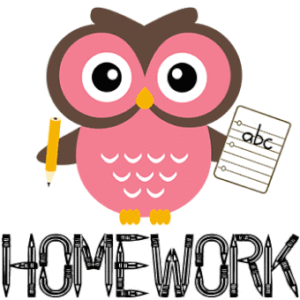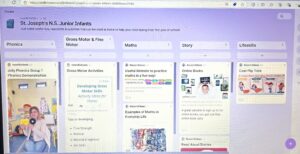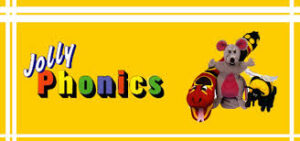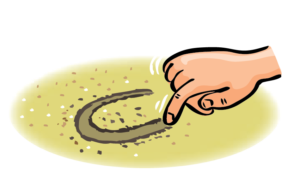Junior Infant Jolly Phonics Sounds Videos for Homework and Resources to Help Support Your Child’s Learning at Home


Dear Parents/Guardians,
We have prepared a padlet for Junior Infant parents/guardians with some helpful resources to help with homework and/or if you wish to further support your child’s learning at home. The link will remain the same but the padlet will be updated throughout the year. The first sounds video demonstrates the sounds and actions for the first group of Jolly Phonics sounds ‘s, a, t, i, p, n’ which is the phonics programme that we use in Junior Infants.
We hope you find this helpful!
Please do not hesitate to contact us if you need further help.
Ms. Killeen, Ms. Casey, Ms. Hendricks and Ms. McCarthy.
Click on the link below or copy and paste it into the search bar on google:
https://padlet.com/room8infants/st-joseph-s-n-s-junior-infants-e0a0rikevsu25nkx

Jolly Phonics
Learning to Read and Write with Jolly Phonics
Starting early in Junior Infants, the children start to learn new sounds. We teach “letters” by the sounds they make rather than their letter names,
e.g.: the letter “s” is pronounced “sssssssssssss” rather than “esss”
Using this sounds or phonemes approach to reading, gives children the tools to figure out new words by blending their sounds together. Research shows that this improves the children’s confidence and fluency in reading and writing.
This page has some resources and tools that you can use at home to support your child as they develop their early reading and writing skills.
Learning New Sounds in School:
We use a variety of techniques in school to learn and use our new sounds. Many of these activities can and should be used at home as often as possible:
- We use our sound books to say our sounds
- We sing the Jolly Phonics songs.
- We have a special action for each sound.
- We practice building words using our letter cards.
- We look for pictures and words that start with our sounds.
- We look for our sounds all around the classroom. In our books, in the library, on posters, on the whiteboard and when the teacher is writing.
- We practice writing our sounds using lots of different tools.
Singing Jolly Phonics Songs and Rhymes:
Practice Jolly Phonics at home with your child using the Jolly Songs and the actions that go with them. Your child should be able to show you the actions for the sounds. Keep checking your child’s sound book and sound keyring for the sounds that have been learned in class and any new sounds that have been covered, and then sing the songs at home.
actions_sheet





